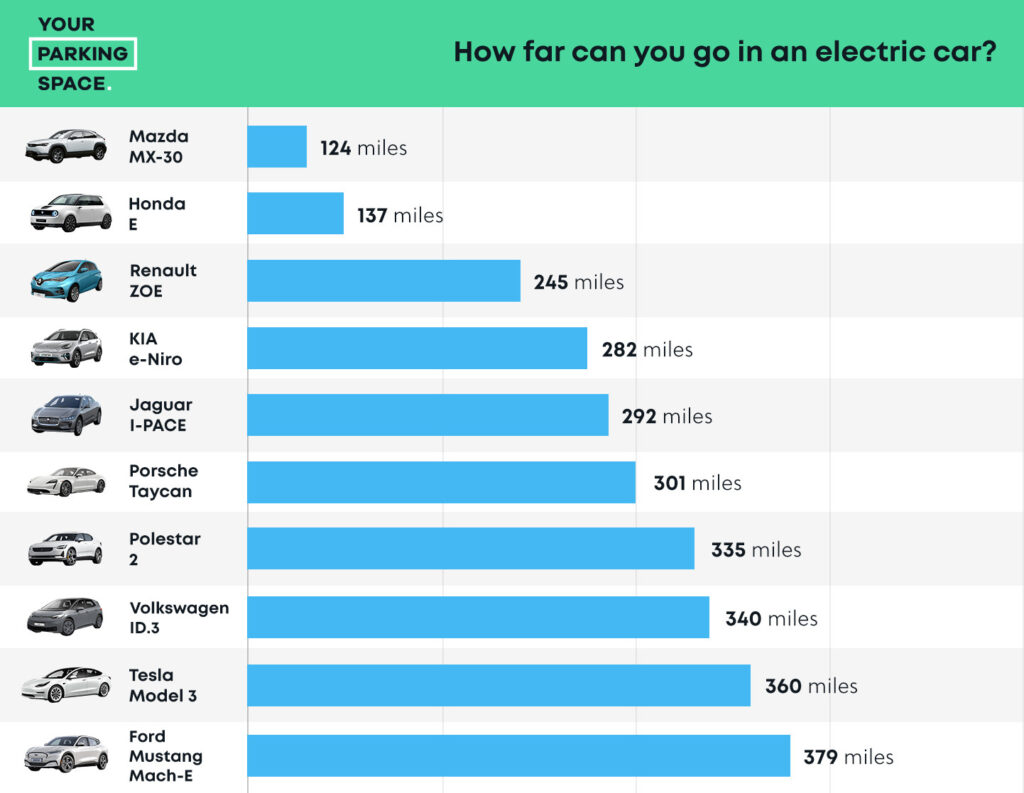How far can you go on 1 kWh?

Welcome to our exploration of the fascinating world of 1 kWh efficiency! In this article, we will delve into the basics of what a kWh is and how it relates to energy efficiency. We will also take a look at case studies to determine how far you can actually go on just 1 kWh of energy. Additionally, we will examine the factors that affect 1 kWh efficiency and provide tips and tricks on how to maximize it. We will also discuss the challenges and limitations of achieving optimal efficiency and explore future possibilities for advancements in this field. Read on to unleash the power of 1 kWh efficiency!
The Basics: What is a kWh?
Before we dive into the depths of 1 kWh efficiency, let's first understand what a kWh actually means. kWh stands for kilowatt-hour, which is a unit of energy commonly used to measure electricity consumption. It represents the amount of energy consumed by a device with a power rating of one kilowatt over a period of one hour. Essentially, it measures how much energy is used or produced in an hour of continuous operation at a power level of one kilowatt.
Understanding Energy Efficiency
Energy efficiency is a crucial concept when it comes to maximizing the utilization of resources and minimizing waste. It refers to the ratio of useful energy output to the total energy input. The higher the energy efficiency, the more effectively energy is being utilized. By optimizing energy efficiency, we can reduce our carbon footprint and save on energy costs.
Case Studies: How Far Can You Go on 1 kWh?
Now, let's explore how far you can actually go on just 1 kWh of energy. Various case studies have been conducted to determine the distance that can be traveled on 1 kWh for different modes of transportation. For example, an electric car with an average energy consumption of 0.25 kWh per mile can travel approximately 4 miles on just 1 kWh. On the other hand, an electric bicycle with an average energy consumption of 0.1 kWh per mile can travel up to 10 miles on 1 kWh. These case studies highlight the potential of 1 kWh efficiency in different contexts.
Factors Affecting 1 kWh Efficiency
Several factors can influence the efficiency of 1 kWh utilization. One crucial factor is the type of device or vehicle being used. Different devices have varying energy consumption rates, affecting the distance or output achieved on 1 kWh. Other factors include environmental conditions, terrain, speed, and user behavior. It's important to consider these factors to maximize efficiency and make informed decisions regarding energy consumption.
Maximizing Efficiency: Tips and Tricks
To maximize 1 kWh efficiency, there are several tips and tricks you can employ. Firstly, opting for energy-efficient devices or vehicles can significantly improve efficiency. Additionally, practicing energy-saving habits like turning off unused devices, utilizing natural light, and properly insulating your home can make a substantial difference. Regular maintenance, such as keeping devices clean and well-maintained, can also contribute to improved efficiency.
Challenges and Limitations
While 1 kWh efficiency has its advantages, it also has its fair share of challenges and limitations. The limited energy capacity of batteries and the inherent inefficiencies in energy conversion processes can restrict the distance or output achievable on 1 kWh. Additionally, external factors like extreme weather conditions can impact efficiency. Overcoming these challenges and limitations is an ongoing focus for researchers and engineers in the field of energy efficiency.
Future Possibilities: Advancements in 1 kWh Efficiency
The future holds promising advancements in 1 kWh efficiency. Researchers are continuously exploring innovative technologies and techniques to improve energy conversion processes and enhance the capacity of batteries. From advancements in electric vehicle technology to the development of more efficient appliances, the possibilities for increasing 1 kWh efficiency are vast. These advancements have the potential to revolutionize the way we consume and utilize energy.
Conclusion
In conclusion, 1 kWh efficiency is a captivating topic that involves understanding the basics of kWh, exploring energy efficiency, analyzing case studies, considering factors affecting efficiency, and maximizing it through tips and tricks. While there are challenges and limitations, the future holds exciting possibilities for advancements in 1 kWh efficiency. By harnessing the power of 1 kWh, we can contribute to a more sustainable and energy-efficient future.
Frequently Asked Questions
-
1. What is the actual distance you can travel on 1 kWh?
The actual distance you can travel on 1 kWh depends on various factors, such as the energy consumption rate of the device or vehicle being used. For example, an electric car with an average energy consumption of 0.25 kWh per mile can travel approximately 4 miles on 1 kWh.
-
2. Can you power multiple devices with 1 kWh?
Yes, you can power multiple devices with 1 kWh. However, the total energy consumption of the devices should not exceed 1 kWh. It's important to consider the energy consumption of each device and distribute the energy usage accordingly.
-
3. Are there any vehicles that can go beyond 1 kWh efficiency?
While 1 kWh efficiency is a common benchmark, there are vehicles that can achieve higher efficiency levels. For example, some electric cars have energy consumption rates lower than 0.25 kWh per mile, allowing them to go beyond 1 kWh efficiency and travel even farther on the same amount of energy.
-
4. How can I calculate the energy consumption of my devices?
To calculate the energy consumption of your devices, you can refer to their specifications or user manuals. The energy consumption is often provided in watts or kilowatts. By multiplying the power rating of the device by the duration of usage, you can determine the energy consumption in kilowatt-hours (kWh).

Leave a Reply